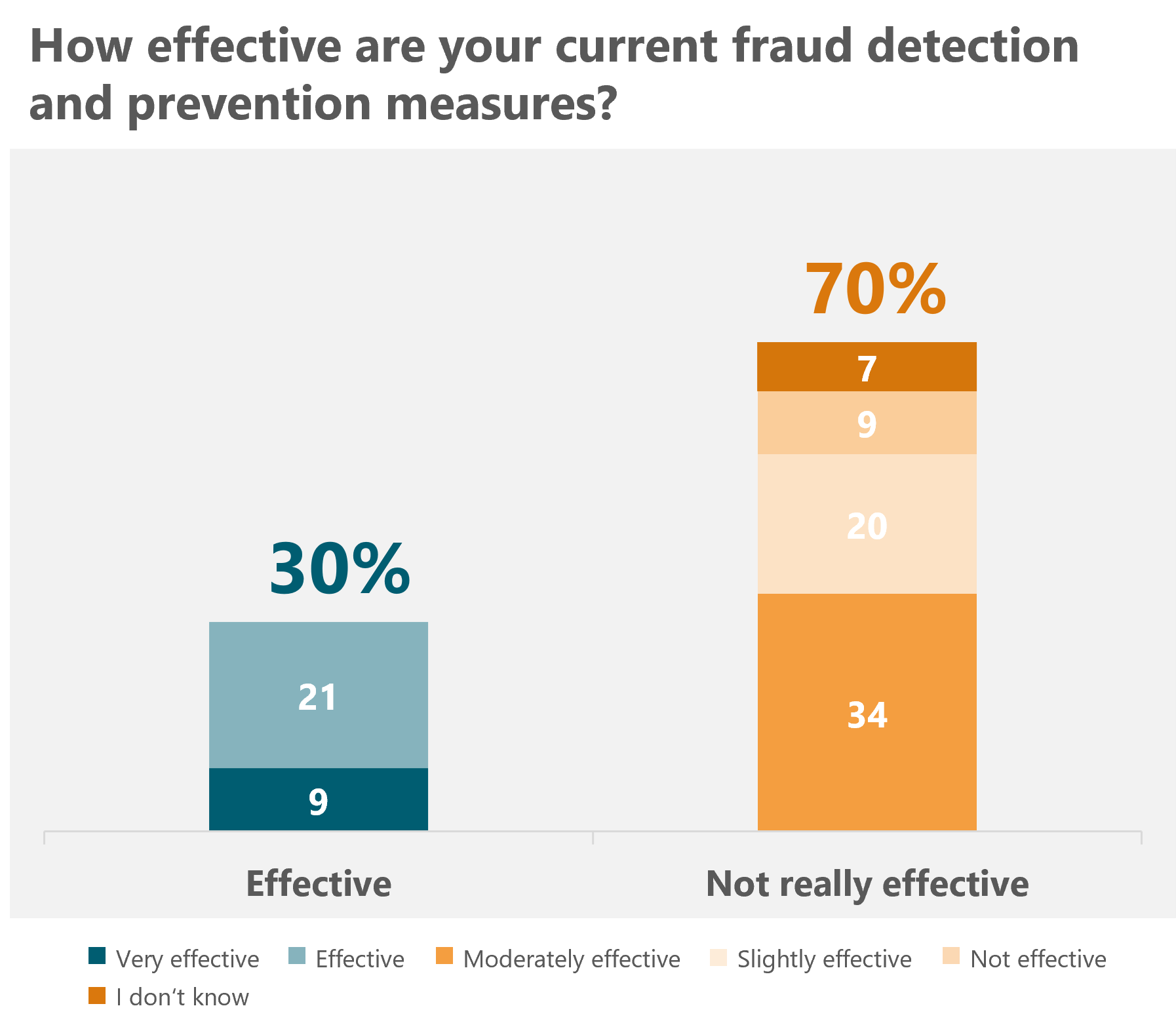Short introduction to fraud in loyalty

What Exactly is Fraud? And What is Just Creative Use?
Loyalty program fraud encompasses a range of deceptive activities designed to manipulate the system for unauthorized gains. Fraud differs from creative use, which involves strategically maximizing benefits within the established rules. For example, a member extensively uses a special offer or promotion with a high accrual rate to receive the next tier level., while someone creating multiple fake accounts to exploit sign-up rewards is committing fraud.
Fraudulent activities often involve misrepresentation, deception, and system manipulation to obtain benefits that were not rightfully earned. These activities undermine the integrity of loyalty programs and can lead to significant financial losses for companies, in addition to eroding trust among genuine members.
Who Are the Fraudsters?
Fraudsters can range from external hackers and organized crime groups to internal employees and even disloyal customers. Each category poses unique risks and challenges for loyalty program managers.
Fraudsters targeting loyalty programs can be categorized into three groups:
- External Fraudsters – These include hackers, cybercriminals, and organized fraud rings that exploit system vulnerabilities to gain access to member accounts through tactics such as phishing, credential stuffing, and malware. Another widespread strategy is to create fake accounts, i.e., accounts with no real person behind, or with appropriated persons’ data.
- Internal Fraudsters – Employees or business partners with insider access to loyalty program data may misuse their privileges for personal gain. They might override transaction limits, create unauthorized reward redemptions, or manipulate customer accounts.
- Dishonest Customers – Some program members may engage in fraudulent activities by creating multiple accounts, misrepresenting their transactions, or abusing promotions to gain unfair advantages.
Prevalent and important fraud scenarios
Account-Related Fraud
Fraudsters gain unauthorized access to customer accounts, leading to point theft and unauthorized redemptions. This type of fraud often results in customers losing their loyalty points by selling, transferring or misusing them for the benefit of another person. Pooling of accounts is also a matter of fraudulent attacks.
With fake accounts the loyalty program by itself must bear the damage resulting in a loss of revenue.
Transaction-Related Fraud
This includes fake transactions, manipulated purchases, or refund scams designed to earn points dishonestly. Fraudsters may use stolen payment details or artificially inflate spending to generate additional rewards, ultimately causing financial loss to the program.
They might also engage in activities like point farming, where they repeatedly perform low-value actions to accumulate points, or they might use bots to automate these actions.
Program Rules-Related Fraud
Exploiting program loopholes, such as creating multiple accounts, pooling with e.g., fake accounts, abusing referral programs and promotional offers, or colluding with insiders to manipulate reward structures fall under the program related fraud.
The Negative Impacts of Fraud
The impact of fraud can be tangible and intangible.
Financial Impact on the Program
Loyalty fraud leads to direct financial losses through fraudulent redemptions and operational costs for fraud investigation and prevention. Businesses may also face increased chargebacks and fines if fraudulent activities go unchecked. In addition, fines may be imposed due to data breaches.
Financial Impact on the Member
Members who fall victim to fraud lose their earned rewards, leading to frustration and dissatisfaction. In some cases, they may discontinue participation in the loyalty program, impacting customer retention and lifetime value.
Impact on the Brand’s Reputation
A breach in program security damages brand trust, discouraging participation in loyalty initiatives. Companies that fail to protect customer data may also face regulatory penalties and reputational damage that affect overall business performance. Negative word-of-mouth as a consequence of a personal fraud case can further harm the brand’s reputation, making it harder to attract and retain loyal customers.
Impact on Customer Satisfaction and Loyalty
If a member is victim to a fraud case, not only the loss of tangible (points) and intangible (privileges) value is annoying, but also the personal trust in the program’s security mechanisms is damaged. The reactions range from dissatisfaction, negative word-of-mouth, disengagement up to leaving the program.
The Process of Detection and Handling of Fraud Scenarios
The Role of Monitoring and Analytics
Continuous monitoring and real-time analytics help detect anomalies and flag suspicious activities. Businesses should leverage machine learning models to identify unusual transaction patterns and high-risk behaviors in real-time.
The Role of Customer Service
A well-equipped customer service team can quickly respond to fraud reports, minimizing customer impact, compensate them for damage and restoring trust. Companies should provide staff with fraud detection training and empower them to act swiftly when fraud cases arise, e.g., account recovery support
The Role of Program Management
Strong policies and regular audits ensure program integrity, identify vulnerabilities and prevent fraudulent behaviors by closing loopholes in the program rules. In any case program management must balance between restrictions to prevent fraud and allowed creative use of the program.
It is crucial that the various departments, their data bases and tool work closely together to have a holistic picture on fraud, instead of having puzzle pieces only.
How AI/ML Can Help Detect Fraud
Artificial Intelligence (AI) and Machine Learning (ML) can analyze vast amounts of data to identify patterns and anomalies that may indicate fraud, improving detection accuracy and speed. AI/ML models can learn from past fraud incidents to predict and prevent future occurrences. Fraud detection is enhanced by identifying unusual patterns. Advanced models analyze behavioral data to detect inconsistencies and prevent fraudulent transactions in real time.
How to Implement Fraud Detection and Handling
Assess and Rank Fraud Scenarios
Prioritizing fraud risks based on potential financial and reputational damage allows for effective resource allocation. Businesses must categorize risks based on likelihood, impact, and required intervention.
The Interworking Between Rules-Based and AI/ML-Based Detection and Handling
Establishing clear fraud detection rules helps in quick identification and response to fraudulent activities. Rule-based detection involves setting predefined thresholds and automated alerts for suspicious activities.
Combining traditional rule-based methods with AI-driven analysis improves fraud detection accuracy and adaptability. While rules-based systems offer a deterministic detection, AI enhances fraud prevention by similar and new patterns.
Detecting New Fraud Scenarios
Continuous learning and adapting fraud detection strategies ensure that programs remain resilient to evolving threats. Businesses should conduct regular fraud assessments and update detection models to keep pace with emerging fraud tactics.
Establish a geared process for fraud handling
Whenever suspected fraudulent activities are being detected, it is crucial to have a process in place for
- An immediate reaction, when indicators point to a high probability of fraud with a high damage. This reaction most probably will be an automatic reaction.
- Assessment and handling of a single case:
- for cases like a), where a post-assessment has to be done,
- and for other cases having a sufficiently high probability of fraud.
- For assessing fraud trends
Conclusion
How fraud has a negative impact
While already playing a significant role, bot-based and AI-based fraud attacks will further increase, modifying the way attacks are being performed, e.g. by learnings from failed attacks. This requires increasingly advanced technology and processes to counter. It is a cat-and-mouse game, and organizations must be able to adapt fast to stay ahead of evolving fraud tactics.
Due to our industry-leading knowledge about loyalty programs and fraud detection, handling and prevention can tailor a Smart Fraud Defense to your loyalty program. Contact us today to safeguard your program against evolving fraud threats.






